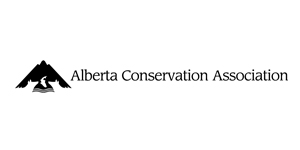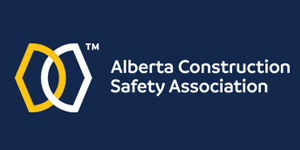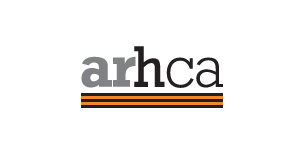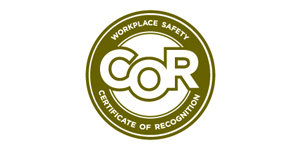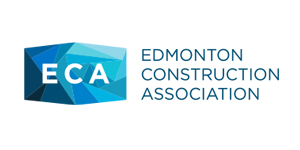Health & Safety
At Abalone Construction, our commitment to achieving the highest standards in Alberta construction safety, occupational health and environmental protection is ingrained in everything we do. We follow all local legislation, industry best practices and client expectations. And we always hold ourselves accountable.
Every day, our goal is to conduct all activities without harm to employees, the public, property or environment. It’s not just good for business—it’s the right thing to do. Management, supervision and employees have a responsibility for their own safety and the safety of those around them. We expect employees at all levels to contribute to the success of our HSE program. That responsibility is supported through Abalone’s resources, training, and leadership, so that all our people uphold our higher standards.
We hold ourselves accountable individually and as a company. And every year, we review our health and safety manual to ensure we’re up to date with legislative regulation.
October 2006 - We achieved over one million man hours without a loss time accident.

In our business, the chances of striking an object, hitting a utility or worse, hurting an individual, is a real life scenario. The equipment we operate is hard and will always win. We have proved countless times that these hazards can be safely dealt with to prevent contact from happening. For the thousands of hours that we are successful, it’s the one or two contacts that make us step back and reevaluate how we operate. One strike is too many.
This is where we want to go with "Quit the Hit." It's an opportunity for us to continuously strive for a better way of doing things.
Every day as a group, we'll identify the potential contacts that are in our immediate work area, and physically identify them with a marker.
It’s our goal to place these pylons and delineator posts to make everyone aware of potential strikes to everyone working in the area. As the day goes on, we check to see if we have worked past that strike potential and then we move the pylons ahead if we have. We also need to clean these up on a daily basis. This is why we chose such a bright and unusual colour for the work sites.
The plan involves more than just putting the markers out. We want to document it as well. Use the FLRA Process to help you in the hazard identification and communicate to your crews and new people to the work front. If we need to work within a one metre distance of a utility, then it’s the responsibility of the General Foreman/Superintendent to provide approval and plan for that work to be completed. Once again, there may be a better way to complete the task. The crew must be part of the “working in close proximity” plan as well, and whistles for spotters will be introduced as the last tool in preventing contact.
Health & Safety Certifications
